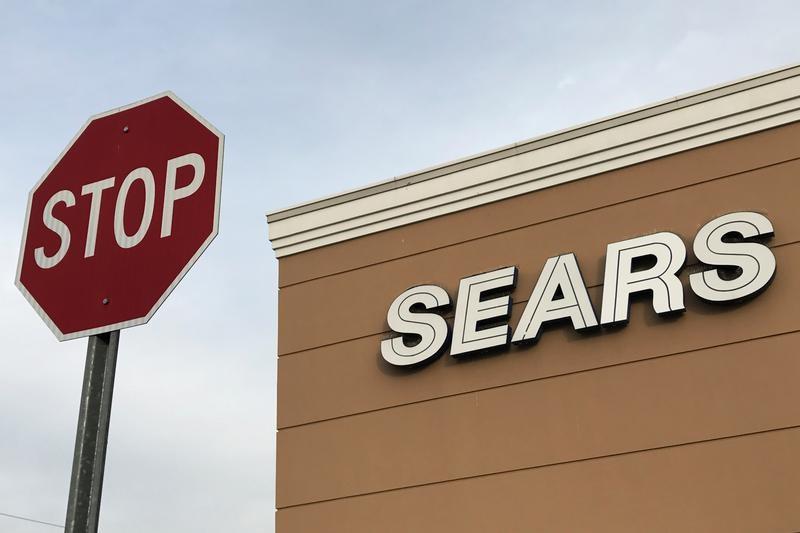Sears Holdings Corp, once the largest U.S. retailer, warned on Tuesday about its ability to continue as a “going concern” after years of losses and declining sales.
“Our historical operating results indicate substantial doubt exists related to the company’s ability to continue as a going concern,” Sears said in its annual report for the fiscal year ended Jan. 28.
The company said an inability to generate additional liquidity might limit its access to new merchandise or its ability to procure services. Continued operating losses also could restrict access to new funds under its domestic credit agreement, according to the filing.
The warning comes less than six weeks after the company announced what it called the “next phase of its strategic transformation,” in which it hoped this year to reduce costs by $1 billion and cut its debt and pension obligations by at least $1.5 billion.
Sears shares were down 17.6 percent in premarket trading on Wednesday.
The company is also considering selling some of its businesses, such as the Kenmore appliances and DieHard car battery brands.
The Sears catalog was an emblem of the post-World War II consumer boom in the United States but the company was unable to adjust to the changing retail landscape and rising competition from Wal-Mart Stores, Target Corp and others.
The company lost $2.22 billion in the year ended Jan. 28. Since 2013 it has accumulated $7.4 billion in losses and seen revenue fall 44 percent to $22.1 billion.
During that time, Sears cut the number of its U.S. stores by nearly a third, reduced holdings in Sears Canada, and spun off the Lands’ End clothing chain.
Its total liabilities stand at $13.19 billion.





